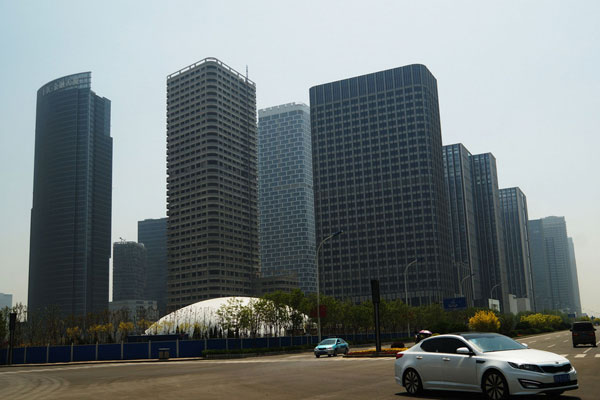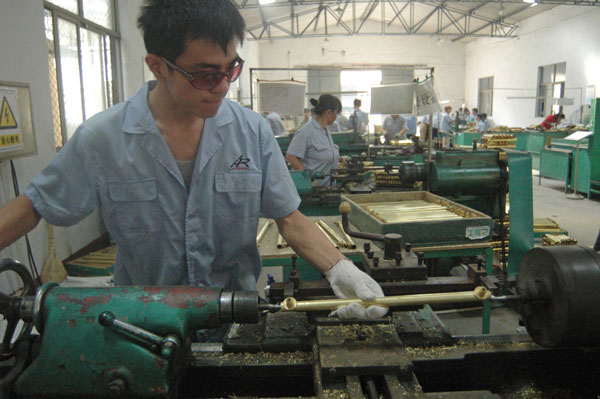Malaysia to identify suspected debris in Maldives
Updated: 2015-08-11 16:59
(Xinhua)
|
|||||||||||
Jian said it's not an easy job to find enough wreckage in the Indian Ocean, a vast area with wild gales and complicated ocean currents.
Besides, there are only two inhabited archipelagos between the western Australian shore and La Reunion, making it especially difficult to spot debris from other islands.
Jian suggested the Australian-led search team continue combing over a 120,000-square-kilometer search zone, which was confirmed through satellite data to pinpoint the plane's path.
The search for the black box is still the core objective, as the data within it is key to solving all the mysteries, said Graham Braithwaite, an aviation security expert at Britain's Cranfield University.
But as the batteries had run out, the black box was not sending anymore signals, making the underwater search "blind."
David Gallo, who co-led the search for Air France Flight 447 that crashed in the Atlantic Ocean in 2009, said it's most likely that the black box lies somewhere on the sea floor.
Compared to a surface search, an underwater search takes longer and needs much more luck, said Gallo, who now works as director at the U.S. Woods Hole Oceanographic Institution.
Since 1965, black boxes from 19 crashed planes have not been found yet, including that of MH370.
The black box, which records flight data and cockpit voice, could sustain explosions and seawater. It's believed that the black box is virtually indestructible and would help analyze the causes of air accidents.
Still, further clues might emerge from the wreckage found on La Reunion. Gallo said that barnacles attached to the debris are important clues to finding the ill-fated plane.
The size of barnacles, crustaceans that live stuck to hard surfaces under sunlight, could tell how long the debris had been in the water.
Scientists could also analyze which part of the ocean the debris came from through the species of barnacles as chemicals inside the barnacles could vary in different waters.
Related Stories
Maldives police probe debris allegedly related to missing MH370 2015-08-10 12:12
Malaysia says matches prove wing part is from MH370 2015-08-06 21:23
Malaysia collects more plane parts of missing MH370 2015-08-06 17:19
Chinese FM calls for continued MH370 search 2015-08-06 16:21
Australia to continue search for MH370 2015-08-06 10:28
Today's Top News
China's yuan weakens most in two decades after central bank reform
Greece and lenders agree on bailout terms
Shots fired at US consulate in Turkey as wave of attacks kill 9
To boost tourism, consumption, govt suggests longer weekend
Greece, lenders in stretch run to to seal new bailout
State Council approves plan to overhaul SOEs, claims report
Amazing China 2015 photo contest unveiled in Beijing
China's HK CTS Metropark buys Kew Green, manager of Brighton's Grand Hotel
Hot Topics
Lunar probe , China growth forecasts, Emission rules get tougher, China seen through 'colored lens', International board,
Editor's Picks

|

|

|

|

|

|






